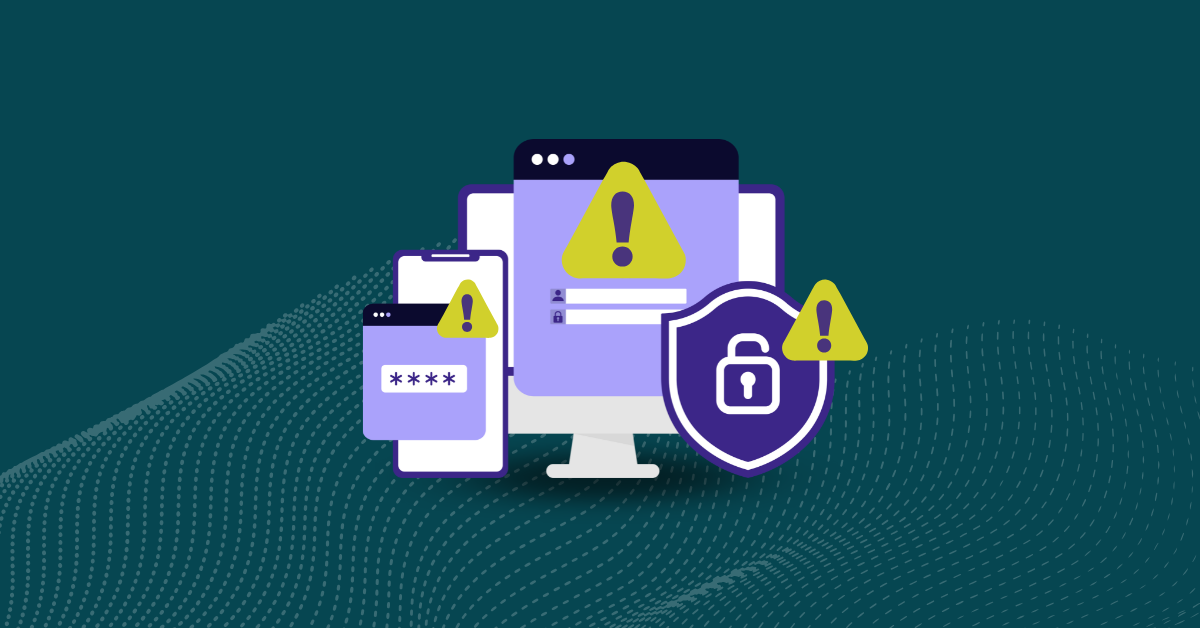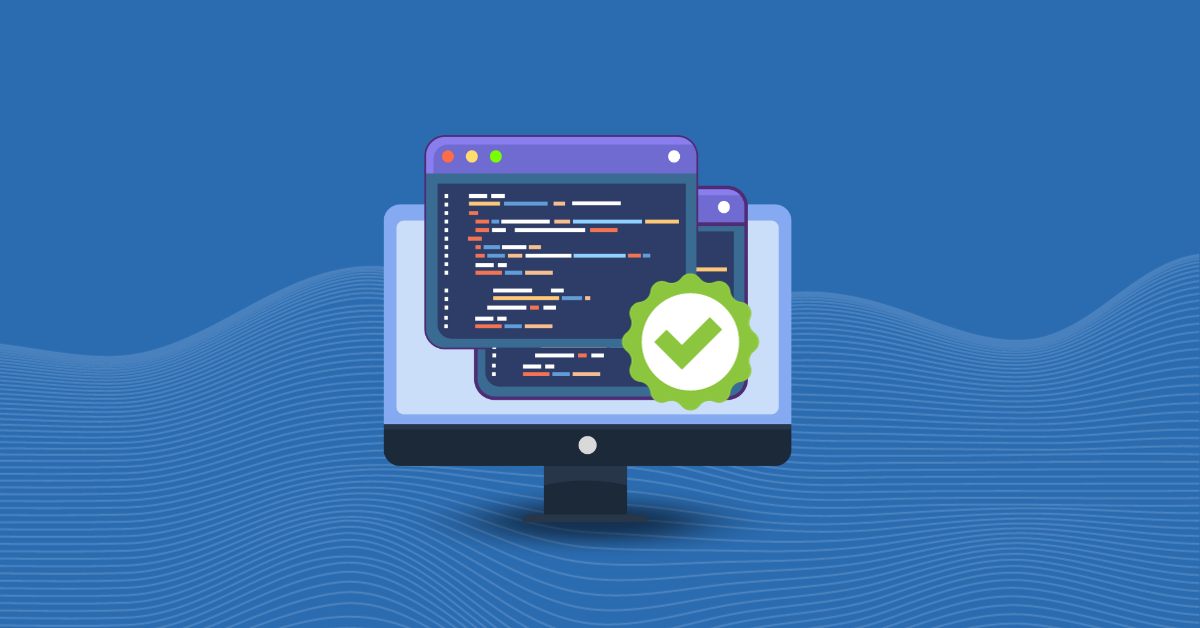

The OWASP Code Review Guide is a vital resource for developers and security professionals because it provides a comprehensive framework for conducting secure code reviews. The guide helps identify and mitigate potential security vulnerabilities in code, ensuring that applications are robust and resilient against attacks.
Let’s review how to navigate the OWASP Code Review Guide so you can seamlessly integrate it into your processes.
The OWASP Code Review Guide is a detailed manual designed to assist in the secure code review process. It includes several sections that cover different aspects of code review to offer a structured approach to identifying security flaws and improving code quality. It is a valuable resource for maintaining secure codebases, and it is regularly updated to reflect the latest best practices and emerging threats.
The OWASP Code Review Guide provides an overview of secure coding practices and the importance of code reviews in the software development lifecycle. It emphasizes the need for systematic and thorough reviews to catch vulnerabilities that automated tools might miss. The guide is divided into sections focusing on different programming languages, frameworks, and vulnerabilities.
The methodology section of the OWASP Code Review Guide outlines the step-by-step process for conducting code reviews. It includes information on:
Understanding the application architecture, identifying critical areas to review, gathering relevant documentation and tools, and setting clear objectives to ensure a thorough and efficient review process.
Systematically examining the code for security vulnerabilities using detailed checklists and guidelines, focusing on areas such as input validation, authentication, and error handling to identify and mitigate potential weaknesses.
Documenting findings in a clear, structured manner, providing actionable recommendations for remediation, and ensuring that the development team understands the issues and how to address them effectively.
Ensuring that identified issues are addressed by tracking the remediation process, verifying the fixes, conducting additional reviews if necessary, and confirming that vulnerabilities have been effectively mitigated.
Using the OWASP Code Review Guide effectively involves understanding its structure and applying its principles throughout the development process.
Establishing a formal code review process is the first step in leveraging the OWASP Code Review Guide. This involves:
Clearly outlining the goals of the code review process, focusing on enhancing security, improving code quality, and ensuring compliance with industry standards and best practices to build a secure application.
Designating team members responsible for conducting reviews, addressing identified issues, and maintaining oversight of the code review process to ensure consistency, effectiveness, and accountability.
Integrating code reviews into the development timeline to ensure regular and consistent assessments, allowing for timely identification and remediation of security vulnerabilities throughout the development cycle.
The OWASP Code Review Guide includes a comprehensive checklist that covers various security aspects. Using this checklist helps ensure that no critical areas are overlooked. Key items on the checklist include:
Ensuring all user inputs are properly validated and sanitized to prevent injection attacks and other input-based vulnerabilities that could compromise application security.
Verifying that authentication mechanisms are robust, secure, and correctly implemented and that authorization controls are enforced to prevent unauthorized access to sensitive data and functionality.
Check that error messages do not expose sensitive information and that exceptions are handled securely, preventing potential attackers from gaining insights into the application’s inner workings.
Confirm that sensitive data, such as personal information and credentials, is encrypted and securely stored in transit and at rest to protect against data breaches, leaks, and unauthorized access.
Integrating code reviews into the development cycle involves making them an integral part of the workflow rather than an afterthought. This can be achieved by:
Incorporating code reviews into the continuous integration pipeline to identify issues early in the development process, allowing for quicker remediation and reducing the risk of security vulnerabilities making it into production.
Using automated code review tools in conjunction with manual reviews to enhance coverage, efficiency, and accuracy to ensure common security issues are identified and addressed promptly.
Conducting periodic audits to ensure ongoing compliance with security standards and best practices and to verify that the code review process remains effective, up-to-date, and aligned with the latest security threats.
Effective code reviews require skilled reviewers knowledgeable about security best practices—that’s why investing in training and skill development is crucial. The OWASP Code Review Guide offers resources for:
Providing structured training sessions on secure coding practices, code review techniques, and the OWASP Code Review Guide ensures reviewers are well-equipped to identify and address security vulnerabilities.
Organizing workshops and seminars to keep the team updated on the latest security trends, emerging threats, and best practices, fostering a culture of continuous learning, improvement, and awareness.
Encouraging team members to obtain relevant certifications, such as those offered by OWASP or other recognized security organizations, to enhance their expertise, credibility, and effectiveness in conducting thorough and efficient code reviews.
Kiuwan offers a comprehensive suite of tools that align with the principles outlined in the OWASP Code Review Guide. Kiuwan’s solutions include:
Automatically scan your code for vulnerabilities, coding standards violations, and compliance issues, providing detailed reports and actionable recommendations to improve security, code quality, and compliance.
Identify and remediate security flaws with in-depth analysis, leveraging Kiuwan’s extensive rule sets and expert knowledge to ensure your code is robust, secure, and adheres to best practices.
Seamlessly integrate Kiuwan’s tools into your development pipeline, supporting various development environments and CI/CD tools to enable continuous security assurance throughout the development lifecycle.
Generate detailed reports to ensure compliance with industry standards and regulations, such as GDPR, HIPAA, and PCI-DSS, providing the necessary documentation to demonstrate your commitment to security and regulatory requirements.
Ready to enhance your code security with Kiuwan? Request a free demo and experience the benefits of advanced code analysis and secure code review.


